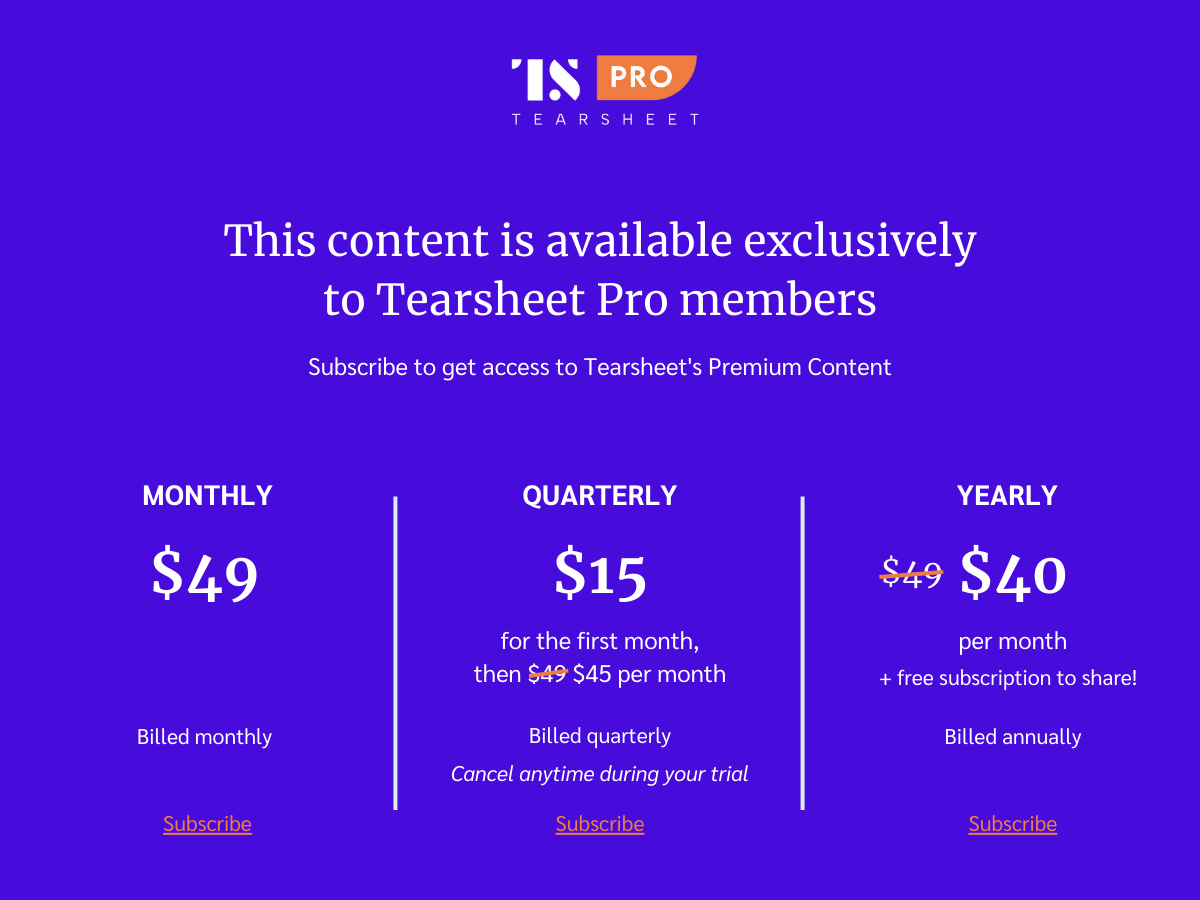Banking
On credit-building and building better financial habits: A closer look at Experian’s new checking account
- Experian launched the Experian Smart Money Digital Checking Account and debit card to improve access to credit-building solutions.
- The new checking account features Experian Boost with a focus on the consumer segment just starting out on their financial wellness journey as well as Gen Z, who are new to building their creditworthiness.








